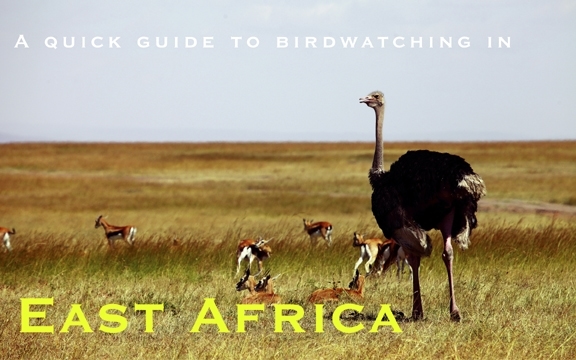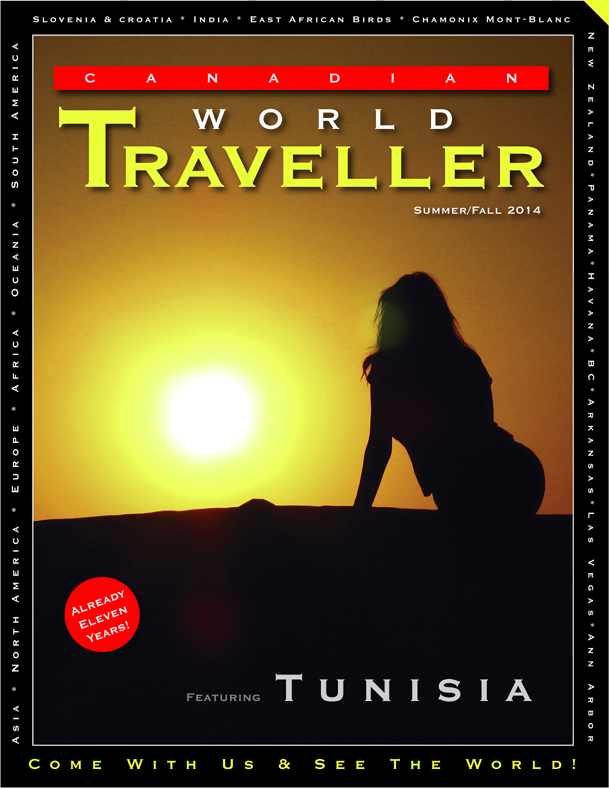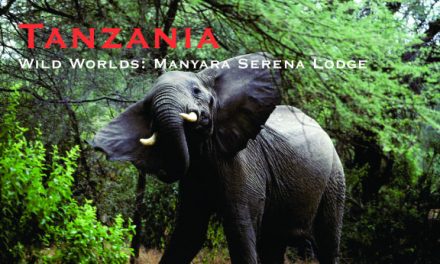A quick guide to birdwatching in East Africa
Article and images by Adam Scott Kennedy

When dreaming of a safari vacation in East Africa, most people conjure up images of Lions, Elephants and Giraffe but my strongest advice is “don’t forget the birds”! Over 1400 species have been recorded in the region covering Kenya, Tanzania, Uganda, Rwanda and the little-known Burundi and while there is no shortage of ‘little brown jobs’ (LBJs) for the experts to get excited over, there are many 100s of stunning birds of all shapes and sizes to occupy the eyes on game drives or when you’re taking some well-earned down-time back at your lodge.
For serious birders, or ‘twitchers’, there are numerous companies offering dedicated birdwatching holidays throughout the region but all-round nature-lovers wishing to spend a day or two focussing on birds can easily incorporate a few exceptional sites to boost their bird lists. Having spent six years working and birding in East Africa, I have been very impressed with the quality of local bird guides at many key sites but I advise that you book one in advance of your arrival to avoid disappointment. Many can be booked directly with your lodge or camp but with the rise of internet use in the region, many also have a profile online, even their own website! You cannot beat local knowledge and using a local bird guide is a great way to ensure that bird-rich areas are well-protected outside of national parks and reserves as it helps communities to realise the value of natural resources.
The list of excellent birding sites is almost endless but, in terms of access to a large number of species in a relatively small area, there are few places to beat the lakes of Kenya’s Great Rift Valley. Lake Naivasha is a great place to get out on the water to view a colourful array of pelicans, herons, storks, ibis and kingfishers not to mention iconic gems like African Jacana, or Lily-trotter, and noisy African Fish Eagles.
Nearby, Lake Nakuru National Park provides all the thrills of a game-rich reserve combined with lakeshore, open grassland, cliffs and rich woodlands and here you could encounter the turkey-sized Southern Ground-Hornbill, the snake-hunting Secretarybird and huge Martial Eagles. At the right time of year, the lake itself plays host to tens of thousands of flamingos, a sight which legendary ornithologist Roger Tory Peterson once called “the greatest bird spectacle on earth”. These two locations can become busy at times so if solitude and tranquillity are your thing then a short journey north to Lake Baringo could well be in order. This beautiful lake is situated within a semi-desert environment and surrounded by lush gardens and reed-beds that attract many special birds, some of which are found almost nowhere else in East Africa. The most comfortable accommodation in the area can be found on the private Samatian Island which has the feel of a private island in the Indian Ocean and it is home to many birds.
Another favourite birding destination of mine is Kakamega Forest and no visit would be complete without an overnight, preferably more, at the idyllic Rondo Retreat which is set within well-manicured gardens and surrounded by lush rainforest, the most-easterly point of the vast Guinea-Congalese forest belt that reaches to the Atlantic coast of Gabon. Here you can enjoy the sight and sound of the Great Blue Turaco and a variety of colourful sunbirds, among 300+ other bird species, numerous monkeys, and the huge African Crowned Eagle, a specialist primate-hunter, which can often be seen from the grounds where it occasionally nests. There are numerous tracks through the forest and a guided walk with a local bird guide is highly recommended.
Birdwatching in thick forest can be challenging but also provides some of the most rewarding experiences, especially when combined with chimp and gorilla-watching activities in Uganda or Rwanda, for example. This contrasts with birding on game drives in savannah habitats, such as the Masai Mara or Serengeti, which is far more sedate but equally rewarding with Lilac-breasted Roller (most safari-goers favourite colourful bird), Kori Bustard (the world’s heaviest flying bird) and Ostrich (the multi-record breaker) among the many avian highlights.
Top tips
A trusted pair of binoculars are the most essential tool along with a good field guide. I always recommend a moderate amount of research in advance of a trip in order to familiarise yourself with the commoner 25-50 species. Once these species have been identified, a really useful step would be to learn their calls, which can be downloaded for free at www.xeno-canto.org, as this can help eliminate confusing species in the field.
For further advice on birding in East Africa, feel free to drop me an email to info@rawnaturephoto.com and I’ll be very happy to help where I can.
About the Author
Together with wife Vicki, Adam Scott Kennedy is the author of five photographic identification guides to the wildlife of East Africa, all published by Princeton University Press. His latest book, Birds of Kenya’s Rift Valley, features colour images and descriptions of 320 frequently seen species and is hot off the press.


















